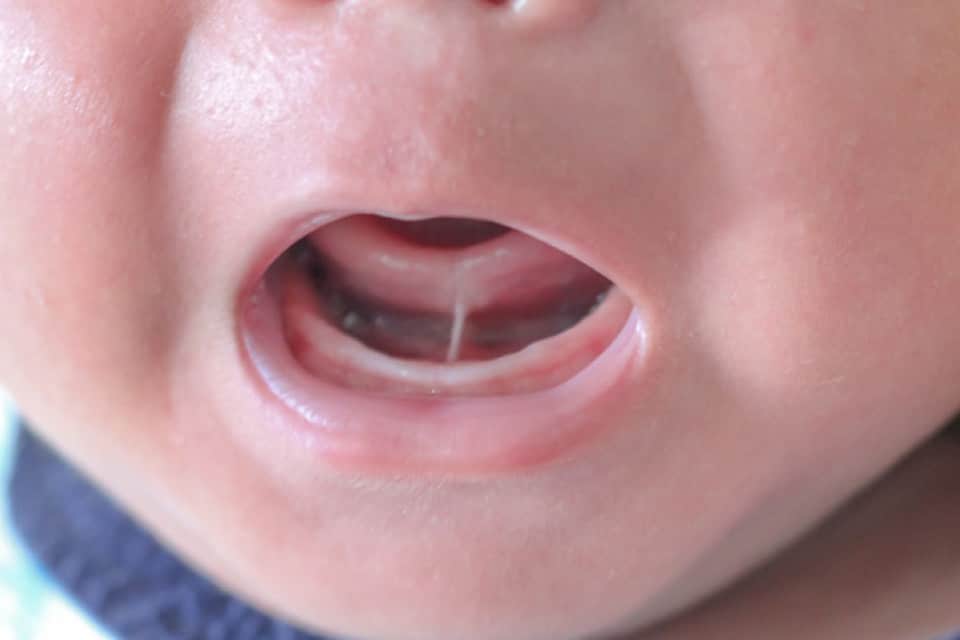About Face: Preventing Adenoid Faces In Children
 In 1872, C.V. Tomes coined the term “adenoid faces” to describe the long lean mid-face with high-arched palate and dental crowding present in children with chronic nasal airway obstruction. Traditionally, orthodontists and pediatric dentists are heavily relied upon to correct these predictable and often-avoidable facial changes; however, there are preventative measures that can be highly effective for these children.
In 1872, C.V. Tomes coined the term “adenoid faces” to describe the long lean mid-face with high-arched palate and dental crowding present in children with chronic nasal airway obstruction. Traditionally, orthodontists and pediatric dentists are heavily relied upon to correct these predictable and often-avoidable facial changes; however, there are preventative measures that can be highly effective for these children.
At CornerStone Ear, Nose & Throat we believe that a proactive approach, particularly in children from 18 months to four years old, can reduce the development of dysmorphic oromaxillary features that often have severe dental and social implications as the children approach physical maturity. Pediatricians, pediatric dentists, otolaryngologists, general dentists, and orthodontists can all work together to avoid this progression of dentofacial changes in our pediatric patients. Chronic nasal obstruction in young children is unfortunately very common, yet easily ignored by parents who are accustomed to mouth breathing, and providers who may only see the children sporadically.
Nature’s Braces
In the course of midfacial development, there are several forces exerted on the maxilla and dentition that bring about normal facial and dental development. The effect of the gentle forces should not be underestimated, as they are constantly exerted over long periods of time.
The maxilla must undergo lateral growth or widening during the course of development. This helps to create adequate room for the adult teeth to reside without displacement or misalignment. In normal patients, this lateral force is exerted by the presence of the muscular tongue up against the hard palate and alveolar process. Over time it widens the palate to accommodate the larger teeth that begin to erupt later in childhood. As they erupt, the lips provide a gentle and constant balancing force, helping to prevent teeth from deviating too far anteriorly. In short, during normal growth, we are provided a natural palate expander and tension band (braces) in the form of the tongue and lips.
Negative Effects Of Mouth Breathing
Unfortunately for the chronic mouth breather, or nasally obstructed child, when the mouth is constantly opened to help with breathing, the altered mandibular and tongue position most commonly leads to an elongated face and narrowing of the upper arch. As teeth begin to erupt, there may not be enough room for them and the lips are frequently not closed in front of them, so the upper incisors are displaced anteriorly, effectively shortening the upper lip. By the time adolescence is reached, this progressive deformity often cannot be fully corrected and the patient is a permanent mouth breather even after effective orthodontia repositions the teeth.
Early Intervention Changes Lives
The time to stop this gradual progression of dysmorphic oromaxillary features is early in childhood. The physicians of CornerStone Ear, Nose & Throat would suggest that all toddlers who are noted to be mouth breathing on exam should be considered for an otolaryngology evaluation. We now know that adenoid hypertrophy, while the most common cause of chronic mouth breathing, is not the only cause. Inferior turbinate hypertrophy, chronic rhinitis or rhinosinusitis, choanal atresia, and pyriform aperture stenosis all can lead to this progression. The physicians of CornerStone Ear, Nose & Throat offer the most advanced and minimally invasive procedures to fully resolve chronic nasal obstructions in patients of all ages, including those in early childhood.
While we can help adults and children suffering from nasal obstruction or chronic congestion problems, it is children 18 months to four years old who benefit most from the facial development improvements that come with early intervention. Proactive measures can spare a child the embarrassment, inconvenience and cost of orthodontia and other corrective procedures when they get older.
Delicate, Effective Treatment Available
The physicians of CornerStone Ear, Nose & Throat offer significant experience with pediatric patients and are keenly aware of the vertical elongation effects the nasal septum has on facial growth during childhood. Therefore, except in extreme situations, it is standard to avoid septoplasty in children who are still growing. Thus, our practice utilizes gentle and atraumatic Coblation excision of tonsils and/or adenoids when necessary, as well as submucous reduction of the inferior turbinates when appropriate.
For a consultation with one of our Ear, Nose & Throat specialists, please contact our office at 704-752-7575 or click here.



